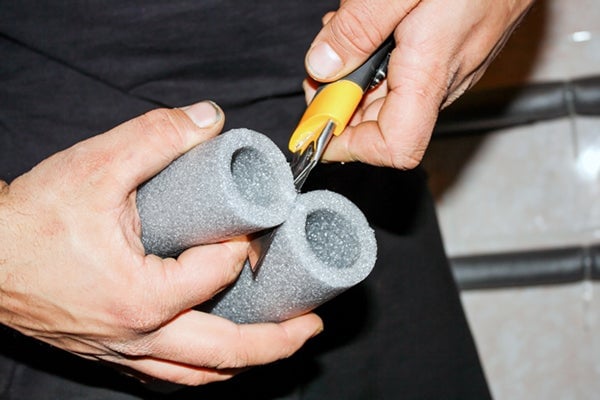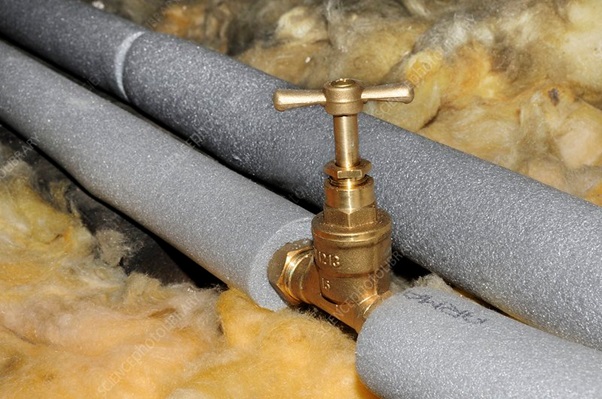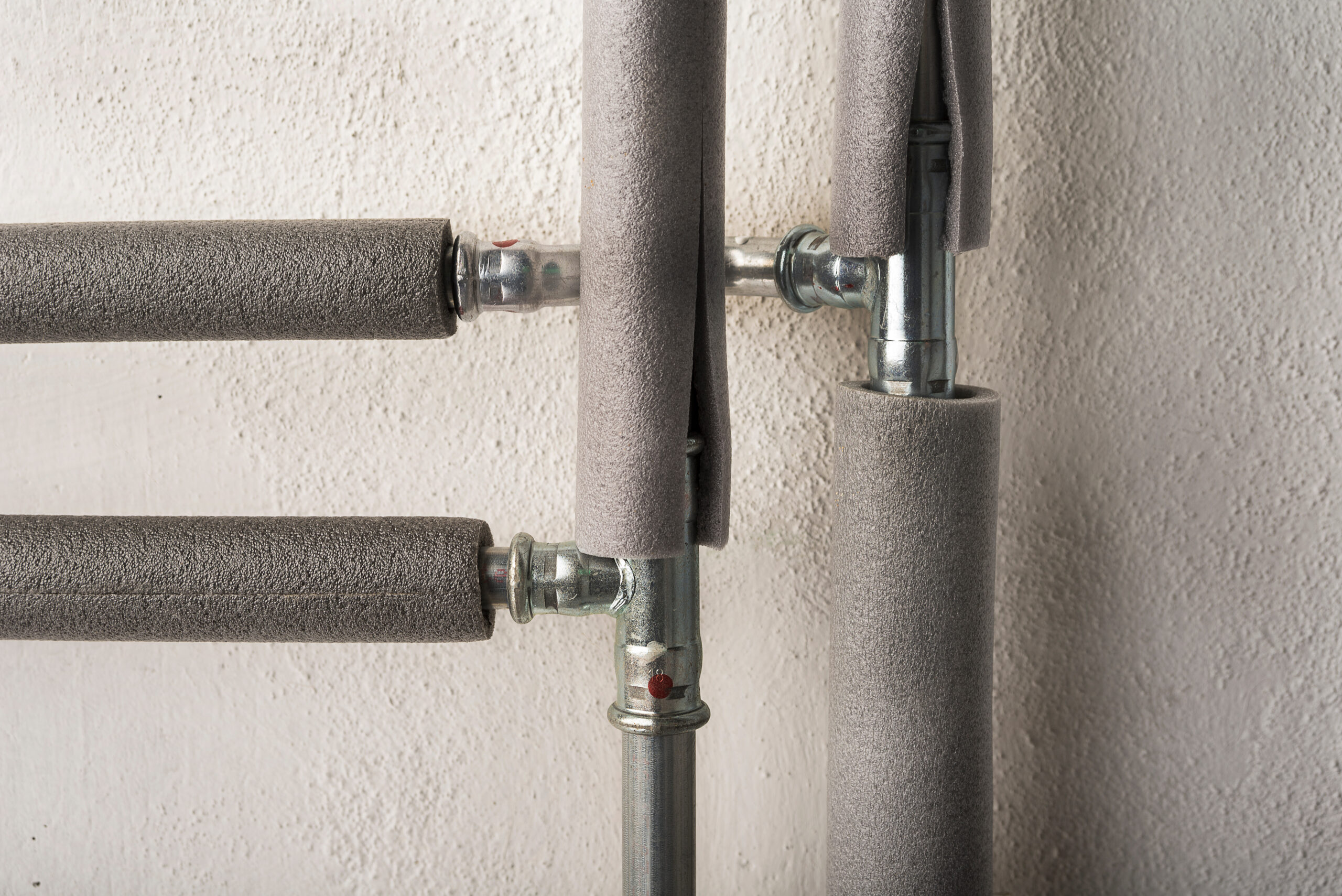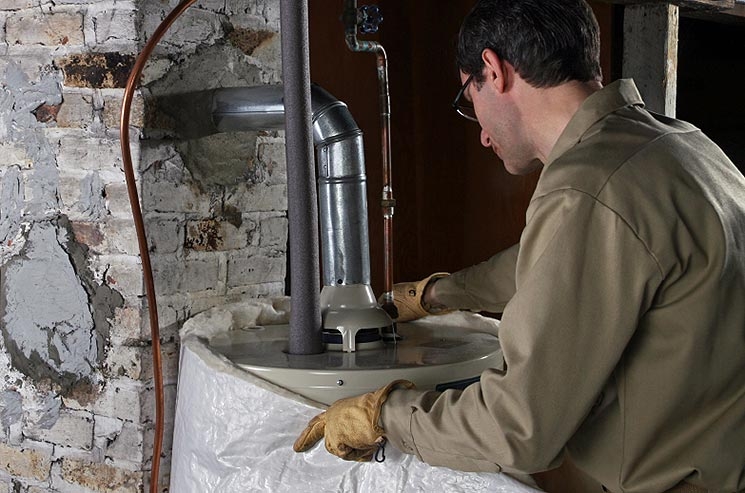How To Insulate Hot Water Heater Pipes

Maintaining a comfortable and efficient home involves paying attention to all aspects of your HVAC system, including your hot water heater. Often overlooked, insulating your hot water heater pipes can lead to significant energy savings and prevent heat loss, especially during colder months. This guide will walk you through the process of insulating your hot water heater pipes, offering practical tips and safety advice for homeowners and DIY enthusiasts.
Tools and Materials You'll Need
Before you start, gather the necessary tools and materials. Having everything ready will make the job smoother and more efficient.
- Pipe Insulation Sleeves: Choose the correct diameter for your pipes. Options include foam, fiberglass, and rubber.
- Measuring Tape: For accurate measurements of pipe lengths.
- Utility Knife: For cutting the insulation sleeves to the correct size.
- Aluminum Foil Tape: Specifically designed for sealing insulation joints and seams.
- Gloves: To protect your hands from dirt and insulation materials.
- Safety Glasses: To prevent debris from entering your eyes.
- Scissors: Useful for trimming smaller pieces of insulation tape.
- Pencil or Marker: For marking cutting lines on the insulation.
Step-by-Step Guide to Insulating Your Hot Water Heater Pipes
Follow these steps carefully to ensure proper insulation and maximum energy savings.
Step 1: Safety First - Turn Off the Power
Before working on or near your hot water heater, always turn off the power to the unit. For electric water heaters, locate the breaker in your electrical panel and switch it off. For gas water heaters, turn the gas valve to the "off" position. This is a crucial safety precaution to prevent electrical shock or gas leaks.
Step 2: Measure the Pipes
Use a measuring tape to determine the length of pipe you need to insulate. Measure all accessible hot and cold water pipes connected to the water heater. Note the diameter of the pipes as well; this will ensure you purchase the correct size of insulation sleeves. Pay special attention to pipes that are exposed or run through unheated areas of your home.
Step 3: Cut the Insulation Sleeves
Using your measurements, cut the insulation sleeves to the appropriate lengths with a utility knife. Make clean, straight cuts for a snug fit. Some insulation sleeves come with a pre-cut slit for easy installation, while others may require you to slice them open carefully. Always cut away from yourself to avoid injury.
Step 4: Install the Insulation Sleeves
Carefully slide the insulation sleeves over the pipes. If the sleeves have a slit, open it and wrap it around the pipe, ensuring it fits snugly. For pipes near the water heater, be mindful of the flue and other components that generate heat; do not insulate these parts.
Step 5: Seal the Seams and Joints
Once the insulation sleeves are in place, use aluminum foil tape to seal all seams and joints. This will prevent air gaps and ensure a complete thermal barrier. Apply the tape firmly and smoothly, overlapping each section slightly. Pay extra attention to corners and bends, as these areas are prone to heat loss.
Step 6: Insulate Pipe Fittings
Don't forget to insulate pipe fittings such as elbows and tees. You can use smaller pieces of insulation sleeve or special pipe fitting insulation wraps. Secure these pieces with aluminum foil tape to create a tight seal.
Step 7: Secure the Insulation (Optional)
For added security, especially in areas where the insulation might be bumped or disturbed, you can use zip ties or duct tape to hold the insulation in place. This is particularly useful for long stretches of pipe.
Step 8: Turn the Power/Gas Back On
Once you've completed the insulation process, carefully turn the power back on to your electric water heater or turn the gas valve back on for your gas water heater. Make sure to relight the pilot light, if necessary, according to the manufacturer’s instructions.
Types of Pipe Insulation
Several types of pipe insulation are available, each with its own advantages and disadvantages.
- Foam Insulation: Affordable, easy to install, and suitable for most residential applications.
- Fiberglass Insulation: Offers excellent thermal performance but requires careful handling due to potential skin and respiratory irritation.
- Rubber Insulation: More expensive but provides superior flexibility and moisture resistance, making it ideal for damp environments.
Common Problems and Troubleshooting
Even with careful installation, you might encounter some common problems. Here are some solutions:
- Condensation: If you notice condensation forming on the insulation, it could indicate a leak or inadequate sealing. Check for leaks and re-seal the insulation with aluminum foil tape.
- Loose Insulation: If the insulation starts to sag or come loose, re-secure it with zip ties or duct tape.
- Incorrect Size: If the insulation sleeves are too large or too small, replace them with the correct size.
Benefits of Insulating Hot Water Heater Pipes
Insulating your hot water heater pipes offers numerous benefits, including:
- Energy Savings: Reduces heat loss, saving you money on your energy bills.
- Faster Hot Water Delivery: Hot water reaches your faucets faster, reducing water waste.
- Prevention of Pipe Freezing: Helps prevent pipes from freezing during cold weather.
- Increased Water Heater Efficiency: Reduces the workload on your water heater, extending its lifespan.
When to Call a Professional
While insulating your hot water heater pipes is a relatively straightforward DIY project, there are situations where it's best to call a qualified HVAC professional:
- Gas Leaks: If you suspect a gas leak, immediately evacuate your home and call your gas company and a qualified HVAC technician.
- Complex Plumbing Issues: If you encounter significant plumbing problems, such as leaks or corroded pipes, consult a professional plumber.
- Water Heater Malfunctions: If your water heater is not functioning properly, it's best to have it inspected and repaired by a qualified HVAC technician.
- Lack of Experience: If you're uncomfortable working with gas or electricity, or if you lack experience with plumbing repairs, it's best to leave the job to a professional.
Cost Considerations
The cost of insulating your hot water heater pipes can vary depending on the materials you choose and whether you hire a professional. DIY installation typically costs between $20 and $50 for materials. If you hire a professional, expect to pay between $100 and $300, including labor and materials. While hiring a professional incurs a higher upfront cost, it ensures the job is done correctly and safely, and it can save you money in the long run through improved energy efficiency.
Safety Precautions
Always prioritize safety when working on your hot water heater or any HVAC system component.
- Turn Off Power: Always turn off the power or gas to the water heater before starting any work.
- Wear Safety Gear: Wear gloves and safety glasses to protect your hands and eyes.
- Work in a Well-Ventilated Area: If working with fiberglass insulation, ensure adequate ventilation to avoid inhaling fibers.
- Follow Manufacturer's Instructions: Always follow the manufacturer's instructions for your water heater and insulation materials.
- Don't Over-Tighten: When reassembling any parts, avoid over-tightening connections, as this can damage the components.
By following these steps and safety precautions, you can effectively insulate your hot water heater pipes and enjoy the benefits of energy savings and improved home comfort. Remember, when in doubt, consult a qualified HVAC professional for assistance.










